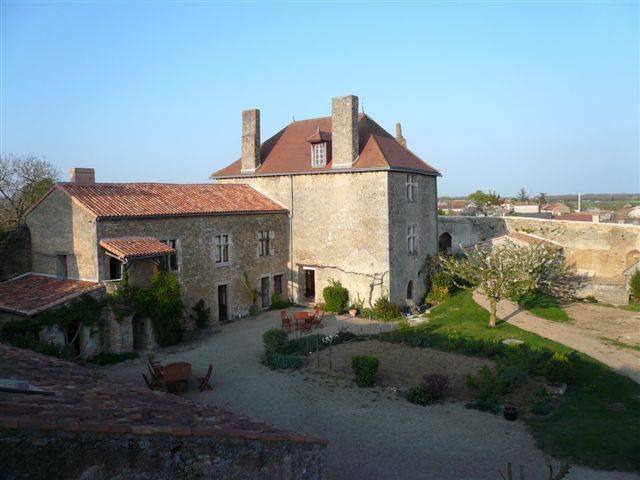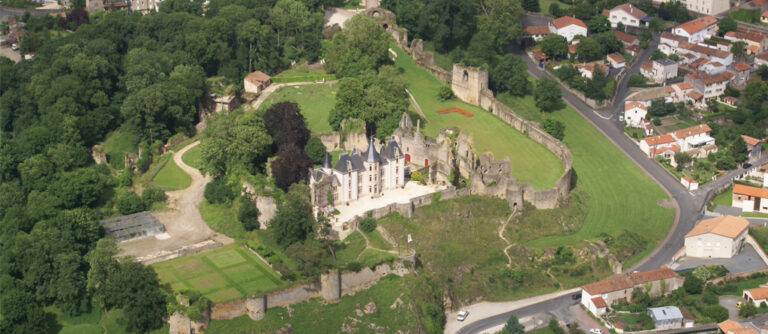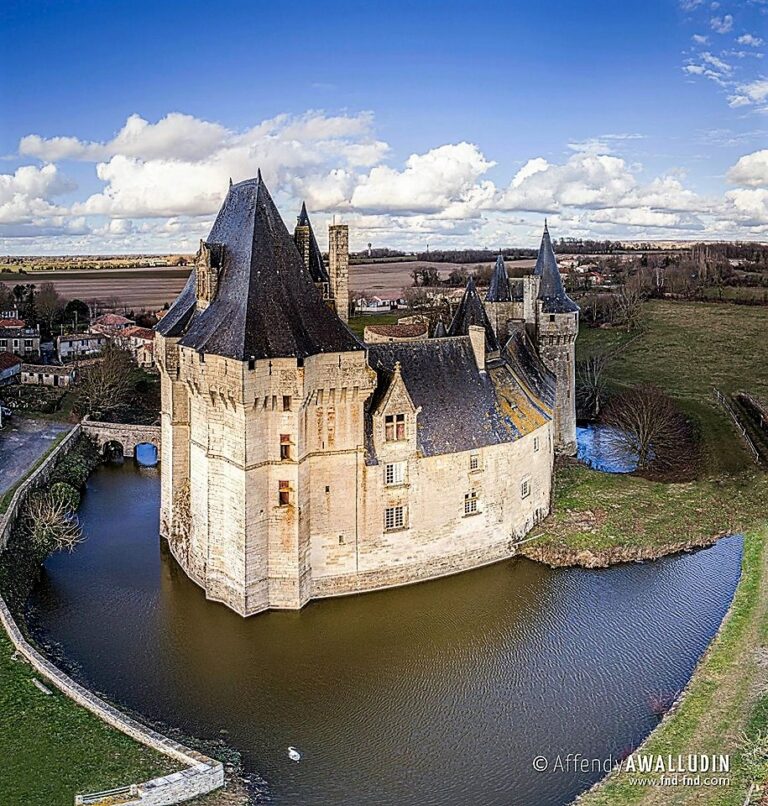Château de Tennessus: A Medieval and Early Modern French Castle in Amailloux
Visitor Information
Google Rating: 4.9
Popularity: Low
Google Maps: View on Google Maps
Official Website: www.chateau-medieval.com
Country: France
Civilization: Unclassified
Remains: Military
History
The Château de Tennessus is located in Amailloux, France. It was constructed by the medieval French civilization during the late Middle Ages. Initial building phases spanned the 14th and 15th centuries, with the castle’s tower specifically mentioned in historical records dating from 1404.
Throughout the medieval and early modern periods, the château underwent changes reflecting broader social and architectural trends. While the original fortress dates back to the medieval era, the main residential building, known as the logis, was erected in the 17th century. This building later saw alterations in the 18th century, with the year 1771 inscribed on its walls, signaling a phase of modernization or adaptation during that time.
The French Revolution marked a dramatic turning point for the château and its owners. Between 1792 and 1793, amid revolutionary upheaval, the family who controlled the estate fled France. Following their departure, authorities in the local Deux-Sèvres Directory ordered the castle’s demolition as part of revolutionary measures. However, this command was never put into effect, allowing the structure to survive into the modern era.
In recognition of its cultural importance, the Château de Tennessus was officially designated as a historic monument on January 7, 1943. Additional protections followed late in the 20th and early 21st centuries, safeguarding the garden grounds, enclosing walls, and later the outbuildings. Restoration initiatives began in 1985 when Dominique Piéchaud, an artist based in Bordeaux, acquired the property and undertook efforts to preserve and revitalize the site. Today, the château serves a new purpose as a guesthouse, illustrating how historical estates can be adapted while preserving their heritage.
Remains
The Château de Tennessus is characterized by its medieval defensive layout typical of fortified rural estates from its era. The site is enclosed by moats, a common feature designed to deter attackers and control access. The western section of the surrounding wall remains intact, enclosing a group of farm buildings organized around a rectangular courtyard. These enclosed agricultural structures highlight the château’s role not only as a residence but also as a center of rural management.
The courtyard itself is protected by two truncated towers, which have been lowered from their original height, indicating either partial dismantling or modification over time. These towers originally contributed to the fortress’s defense by overseeing approaches to the courtyard and providing points from which defenders could repel assaults. Despite their altered form, they still convey the castle’s martial past.
The main residential building, or logis, dates from the 1600s with renovations completed in the late 18th century, as signaled by the date 1771 displayed upon it. This evolution suggests shifts in architectural style and function corresponding with changing needs and tastes of its occupants. Alongside the logis, ancillary structures such as stables and a chemin de ronde—a wall walk used by guards for patrolling the defense walls—are present at the site. Photographic evidence confirms their existence, although detailed descriptions of these features are limited.
Overall, the Château de Tennessus presents a layered architectural record, combining medieval military features with later domestic modifications. The preservation of its defensive walls, moats, towers, and surrounding farm buildings offers a tangible link to the rural fortified estates of France’s historical landscape.










